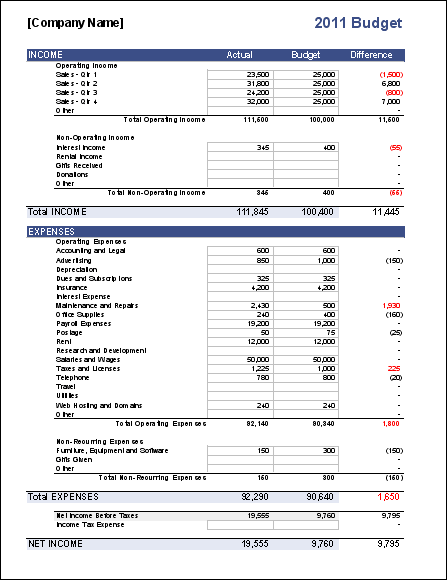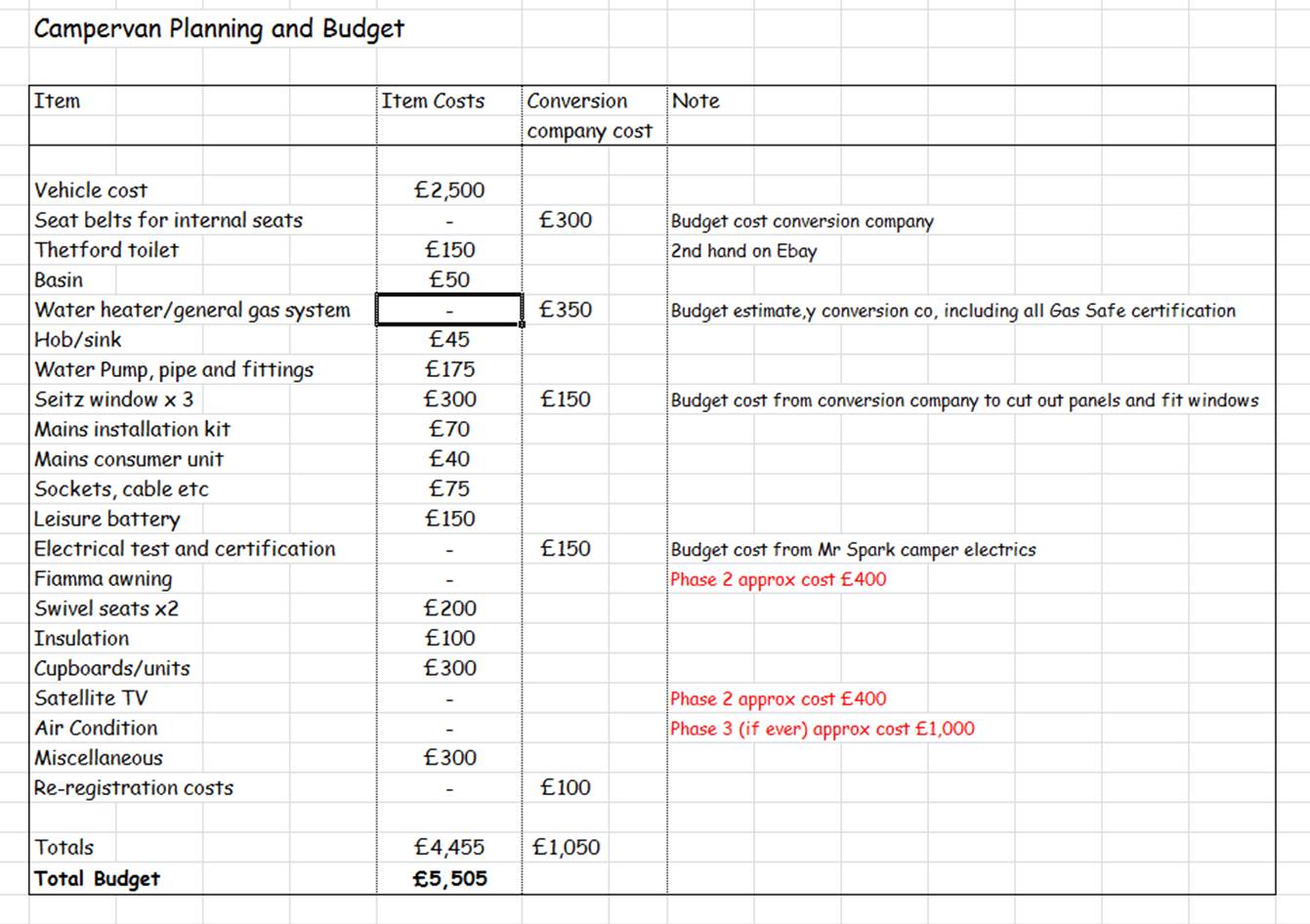

Pro tip: link the totals on the summary page to the original sums in your other budget tabs. This gives you a snapshot of your budget that’s easy to find without diving into layers of crowded spreadsheets. Finally, create another column to the right-when the time period ends, use it to record the actual amounts spent in each category. Then, next to each category, list the total amount you’ve budgeted. This is the framework of your basic budget. In your spreadsheet, create a summary page with a row for each of the budget categories above. It might sound obvious, but getting all the numbers in your budget in one easy-to-read summary is really helpful. A budget calculatorĪ budget calculator can help you see exactly where you stand when it comes to your business budget planning. Or, if you think you can’t squeeze any more profit margin out of your business, consider boosting the Advertising and Promotions line in your budget to increase total sales. If the difference between revenue and expenses (aka “ profit margins”) aren’t where you’d like them to be, you need to rethink your cost of goods sold and consider raising prices. Here you’ll plan out how much profit you plan to make based on your projected revenue, expenses, and cost of goods sold. Profit is what you take home after deducting your expenses from your revenue. You could be raking it in and still not have enough money on hand to pay your suppliers. Since cash flow is the oxygen of every business, make sure you monitor this weekly, or at least monthly.

This is most easily calculated by subtracting the amount of money available at the beginning of a set period of time and at the end. You have positive cash flow if there is more money coming into your business over a set period of time than going out.

Your cash flowĬash flow is all money traveling into and out of a business. These are startup costs like moving offices, equipment, furniture, and software, as well as other costs related to launch and research. One-off costs fall outside the usual work your business does. Make sure you file your different salary costs in the correct area of your budget.įurther reading: Variable Costs (A Simple Guide) 4. For example, your core in-house team is usually associated with fixed costs, while production or manufacturing teams-anything related to the production of goods-are treated as variable costs. The cost of salaries can fall under both fixed and variable costs. A clear budget plan outlines what you expect to spend on all these costs. Other variable costs can include sales commission, credit card fees, and travel. Variable costs might include raw materials, inventory, production costs, packaging, or shipping. These change according to production or sales volume and are closely related to “ costs of goods sold,” i.e., anything related to the production or purchase of the product your business sells.

These are all your regular, consistent costs that don’t change according to how much you make-things like rent, insurance, utilities, bank fees, accounting and legal services, and equipment leasing.įurther reading: Fixed Costs (Everything You Need to Know) 3. It can be based on last year’s numbers or (if you’re a startup), based on industry averages. It’s all of the cash you bring in the door, regardless of what you spent to get there. This is the amount you expect to make from the sale of goods or services. If circumstances change (as they do), your budget can flex to give you a clear picture of where you stand at all times.Įvery good budget should include seven components: 1. The best budgets are simple and flexible.


 0 kommentar(er)
0 kommentar(er)
